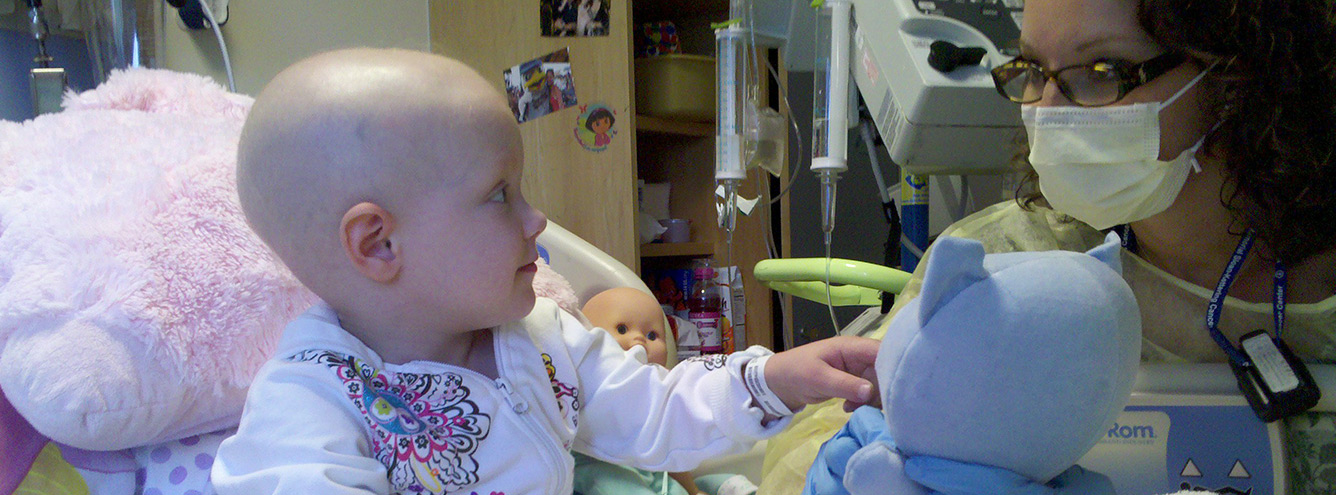Parents travel a tumultuous emotional path from their child’s diagnosis, through treatment and beyond.
Emotional responses range from mind-numbing shock and denial, through guilt and fear to renewed hope for the future. This roller coaster is exhausting, but you will not ride it alone.
Most parents find that strong negative emotions begin to lose their hold as knowledge increases and hope grows.
Shock
Many parents have little recollection of the hours immediately after diagnosis. When the brain feels it is approaching emotional saturation, it begins to shut down to protect itself. This is a very normal reaction but means the person is unable to take in or process information for a while.
Denial
When reality is too frightening to contemplate, it is easier to believe it is not happening. Denial can be a helpful protector through the immediate crisis of diagnosis. However, many children are diagnosed when immediate removal of one or both eyes is essential. Denial becomes dangerous if it prevents parents from accepting this vital life saving surgery.
Overcoming denial requires hope and encouragement from others. Find support early to help you rebuild your family’s hope for the future.
Guilt
Many parents feel terrible guilt about their child’s cancer, especially when they learn about the early sign of white pupil. Perhaps you saw this in photos and didn’t understand its significance. Maybe you used photoshop to edit it out.
Maybe you delayed going to the doctor because your child did not appear to be ill or because there was no money available. Or maybe you trusted a doctor who told you all was well.
Nothing you or anyone else did caused your child to have cancer. Even if you carry an RB1 mutation, you did not make this happen. Your child’s cancer is not your fault. Don’t let guilt consume your emotional energy. Conserve it for the journey ahead. Invest it in hope for your child.
Fear
Fear and anxiety arise from loss of control, lack of information, inability to predict the future, and other strong emotions that cloud judgement.
You had probably never heard of retinoblastoma before your child’s diagnosis. Now you must enter a foreign realm of unfamiliar language, scary equipment and painful experiences. You must entrust your child’s life and sight to strangers, even allow them to remove the beautiful innocent eyes that had bought so much joy. Thoughts of the future may be overwhelming.
What will my child will look like after surgery? Will I still be able to love her with only one eye? How will we pay the bills? How will I keep the house running during treatment? What will we do if blood counts go very low? How will I raise a blind child? How can I help my child in pain? What if the treatment doesn’t work? How will I live if my child dies?…
As you learn about the cancer, develop a treatment plan, advocate for your child and meet other families, you will find your fears and anxieties lose energy. They may flare up periodically, but will become easier to handle as experience grows and you build your network of support.
Hope
Hope is the belief in a better tomorrow, and this is essential to the well-being of children with cancer and their entire family. Hope sustains the will to live and gives strength to endure each new trial. Hope is not a way around cancer, it is a way through.
With early diagnosis and appropriate treatment, children with retinoblastoma have an excellent chance of overcoming the cancer. Even when cure is not possible, much can be done to make every day special and comfortable. There is always room for hope.
Visit our Focus on Hope section for inspiration to help build and sustain hope in your family and community during your child’s cancer journey and beyond.
Learn about coping with anger when your child has cancer.
Anger is a universal response to retinoblastoma, but frayed tempers can be especially damaging in times of crisis. Be proactive in reducing your stress.
Learn about depression and Post Traumatic Stress Disorder.
When symptoms of stress do not go away, become worse, or interfere with daily life, they may be a sign of developing depression or post traumatic stress


